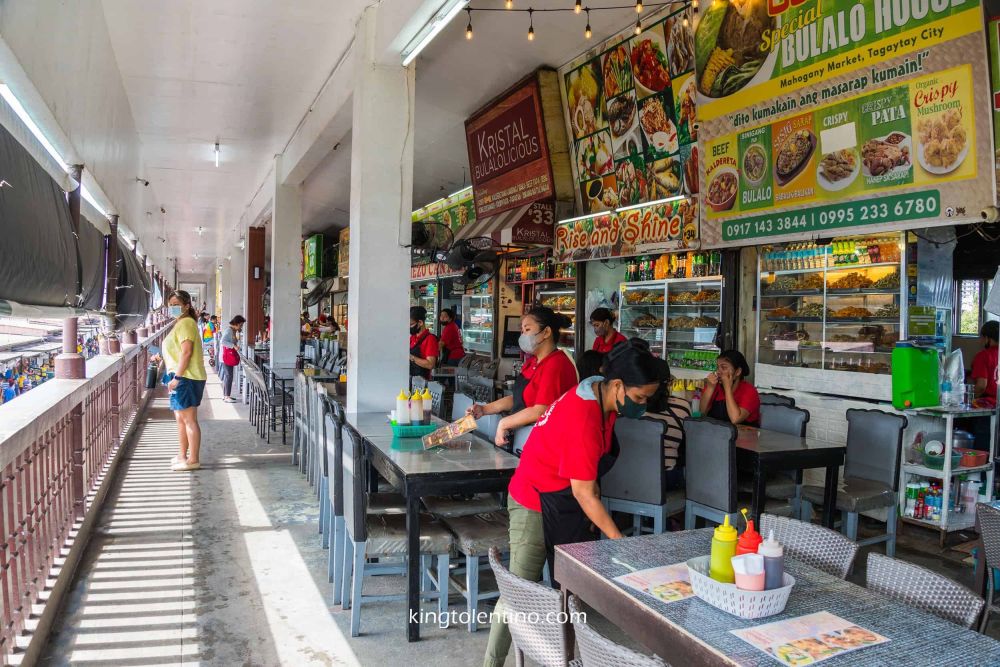

Tagaytay, a popular tourist destination in the Philippines known for its cooler climate, panoramic views of Taal Volcano, and a variety of attractions, has been luring visitors for decades. Among its many attractions is the bustling Mahogany Market, which isn't just a marketplace but has become an integral part of the tourism landscape of Tagaytay.
The history of tourism in Tagaytay is deeply rooted in its natural beauty and serene environment. Tourism started to bloom in the city after World War II, when people began to explore the area for recreational activities. Viewed as a respite from the heat and hustle of Metro Manila, Tagaytay quickly established itself as a getaway spot.
The establishment of Mahogany Market, however, was initially directed more towards serving the local community than tourists. It was home to the local meat market, specifically known for its high-quality beef from the cattle grown in the cooler climate. Over time, the market expanded to include fresh produce, plants, and a variety of local goods, inviting more visitors to explore its offering.
As Tagaytay's reputation as a food destination grew, so did Mahogany Market's fame. Tourists began flocking to the market not just for its fresh produce but also to experience its authentically local dining options. The "Bulalo," a savory Filipino beef marrow stew, became synonymous with the market as multiple eateries within the market began to specialize in this dish, making it a must-visit for any food-loving traveler to Tagaytay.
The market's evolution from a local hub to a tourist spot coincided with the growth in organic and farm-to-table dining trends. Visitors are attracted to the wholesome and fresh foods, as well as the chance to directly support local farmers and vendors.
With the advent of social media and digital marketing, Mahogany Market has seen a surge in popularity. Visitors now post about their experiences, food, and the unique finds at the market, contributing to its trending status among local and international food enthusiasts.
Tagaytay's push towards sustainable and responsible tourism has also reflected positively on Mahogany Market. Efforts towards promoting local commerce and reduction of carbon footprint through locally sourced produce resonate with the global move towards supporting green tourism practices.
The current trend also sees a diversification of offerings with the inclusion of souvenir shops, more diverse food options, and an emphasis on showcasing traditional crafts and customs, transforming Mahogany Market into a cultural destination in its own right.
Mahogany Market is open daily and is most accessible by car or local tricycles if you are already in Tagaytay. There are no entry fees, but it's advisable to visit early in the day when the products are freshest, and the full range of local experiences can be enjoyed.
With its rich history and evolving role in the tourism industry of Tagaytay, Mahogany Market stands as a testament to the city's growth and development as a must-visit culinary and cultural destination in the Philippines.